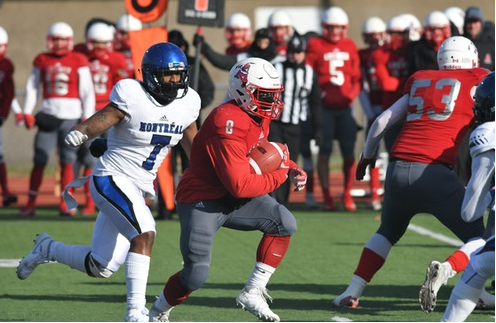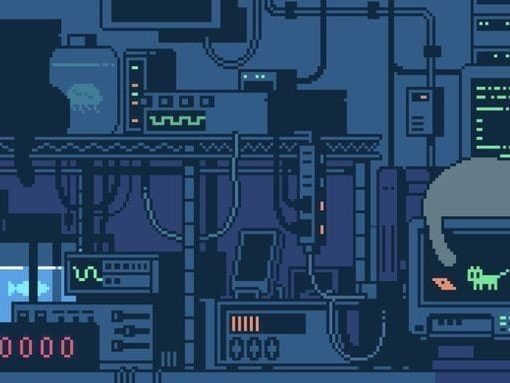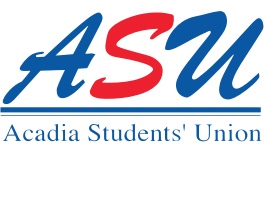
Hayly Thackeray watched the feature documentary with excitement. She sat in the audience at a girls-in-technology event in the Annapolis Valley. The room was full of excited viewers; however, Hayly noticed that she was the only female that was within the target age group (18-20). The luxurious film left Hayly wondering if there was a way she could change that. After watching the film, a spokesperson for the event asked her to answer some questions about the content of the film and eagerly waited for her response. With uncertainty and surprise, Hayly answered each question. In that moment, she realized that the lack other young women at the event provides her with a spotlight for discussing her experience. The excitement of the film and the urgency of its content inspired Hayly to take action.
Five years later, Hayly is working on an honours thesis at Acadia. Her work with Girls Get WISE and the Acadia Computer Science Department addresses the gender gap and works to change it. Given that the number of available Computer Science jobs will surpass the number of people expected to graduate with a Computer Science degree, Canada will be at a disadvantage. A country that isn’t utilizing half of its population is one that will be left behind. Studies show that girls and boys are equally good at math. Young women shouldn’t be left behind.
During the summer, Hayly and a team of Acadia faculty members, put together a curriculum for young girls. “Girls already feel like they don’t belong in Computer Science, and so if you put a bunch of guys in the room, girls will try to use their gender as a way of making themselves unique. Instead of making something cool, like a dancing taco game (which we had), they create ‘pink games’. Everyone wants to be unique in their own way. You want to have something that makes you stand out. Women feel the need to make themselves stand out in a room full of men through gender. We want to avoid that [at the camp] and tell women that they are unique without just being a women,” says Hayly.
This is what makes the summer program so special. It gives girls a way to both learn about coding and also explore their individuality. The best part? 75% of girls who attended said they would continue programming after the program. The current percentage of girls in Computer Science is 8% at Acadia. In most universities, it’s 20%. Acadia needs to recruit more women and has been doing so with organizations such as WISE (Women in Science and Engineering) and through projects like the summer program. With so many great resource on campus, we need to get more women excited about programming.
While there are many things that need to change, being part of the Acadia community can lead to positive improvements in coming years. Keeping programs exclusive and starting kids young improves their ability to create unique games. Being cautious not to allow girls to use their gender as a starting block, and instead encouraging them to focus on other aspects of their personality, allows for positive progress. For more information on Computer Science events for women, check out the Acadia Computer Science Society and WISE (Women in Science and Engineering) Acadia.




